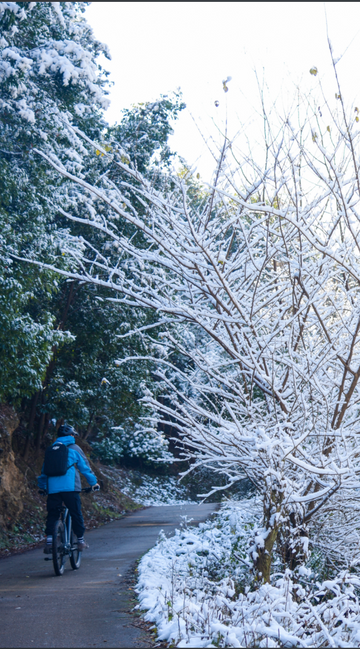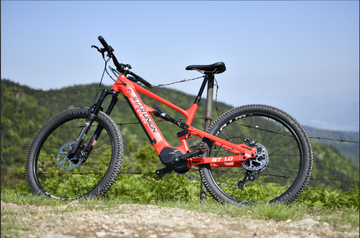
Hydraulic disc brakes are the preferred choice for many cyclists due to their powerful stopping force, stability, and durability. However, using them efficiently across different terrains requires the right technique. In this guide, we'll explore how to optimize hydraulic disc brake performance on roads, mountain trails, wet surfaces, and steep descents.
1. Road Cycling: Smooth Braking for Maximum Efficiency
On paved roads, the goal is to maintain momentum while ensuring controlled braking.
· Anticipate and Brake Early: Look ahead to adjust speed gradually instead of braking suddenly, which can waste energy.
· Distribute Brake Force Properly: The front brake (controlled by the right lever) provides most of the stopping power, while the rear brake (left lever) helps stabilize the bike.
· Avoid Sudden Stops: Apply the brakes progressively rather than squeezing them abruptly to prevent the bike from nosediving.
2. Mountain Biking: Precise Control for Technical Terrains
Mountain biking involves unpredictable surfaces such as steep slopes, rocks, and mud, requiring careful brake management.
· Control Brake Force on Descents: Use both brakes alternately to prevent overheating and maintain control.
· Apply the "Brake-Release-Brake" Technique: Instead of continuously holding the brakes, use intermittent braking to avoid overheating and improve performance.
· Shift Your Weight Back: When braking downhill, shift your body weight slightly backward to prevent flipping over.

3. Wet or Slippery Surfaces: Reduce Brake Force to Avoid Skidding
Riding in the rain or on wet terrain requires extra caution to prevent wheel slip.
· Brake Gently: Sudden braking can cause the wheels to lose grip, so apply gentle and gradual pressure.
· Use Pre-Braking: Lightly tap the brakes before making a full stop to remove water from the rotors and improve braking response.
· Maintain a Straight Line: Avoid turning while braking to prevent skidding.
4. Steep Descents: Control Speed Without Overheating Brakes
Long and steep descents can generate excessive heat, reducing brake efficiency.
· Alternate Front and Rear Brakes: Avoid prolonged use of a single brake to distribute heat evenly.
· Brake for Speed Control, Not Full Stops: Instead of coming to a complete halt frequently, manage your speed steadily to prevent brake fade.
· Use Proper Gearing: Lower your gear and control speed with pedaling instead of relying entirely on the brakes.

Conclusion: Adapt Your Braking Technique to Different Terrains
Hydraulic disc brakes offer superior stopping power, but their efficiency depends on proper usage. By anticipating stops, distributing brake force correctly, and avoiding overheating, you can ride more safely and efficiently on any terrain.
Looking for high-performance hydraulic disc brakes? Explore our Shopify store for the best braking systems to enhance your riding experience!




